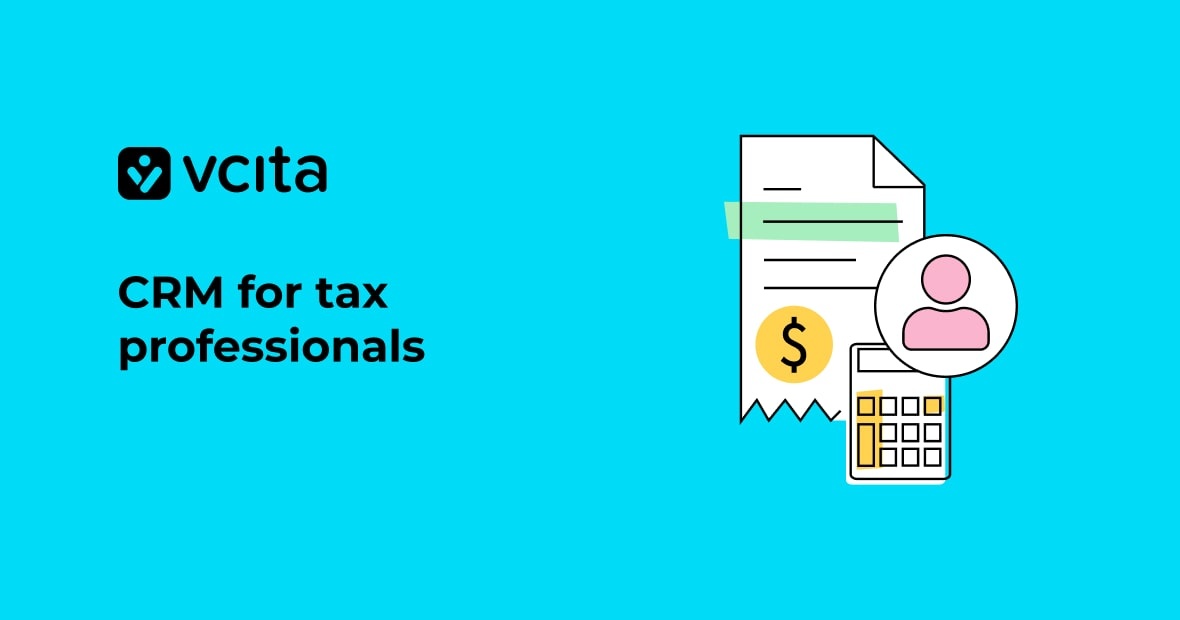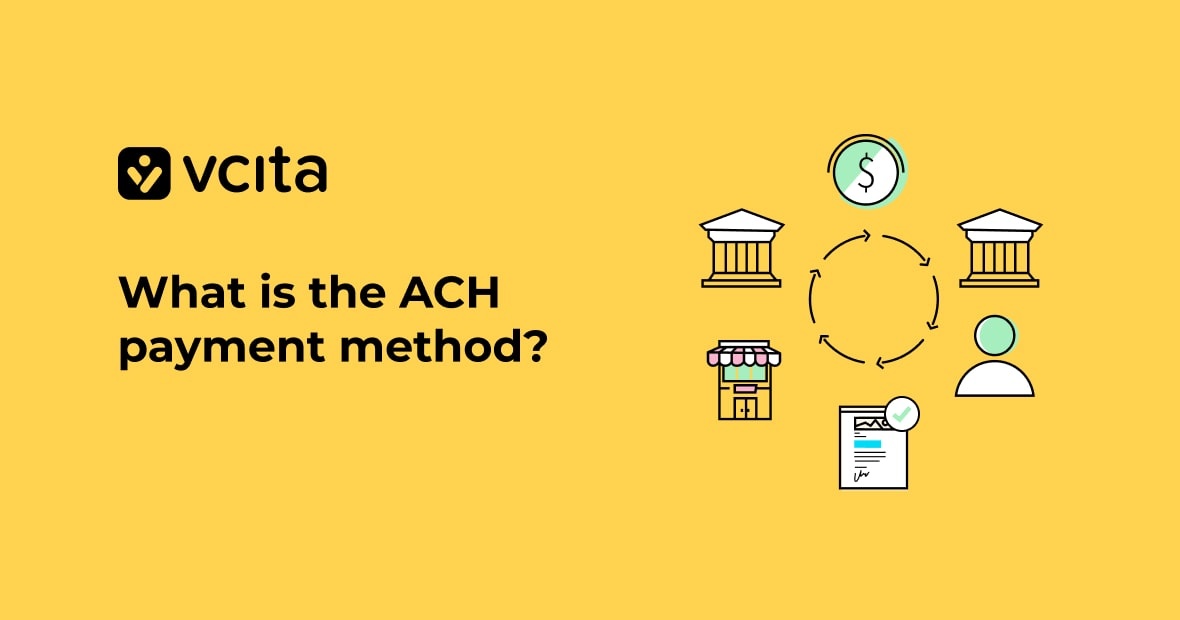You know how important client communication is to your business. From phone calls to social media, communication is key to building strong business relationships and boosting customer satisfaction. But are you putting your best foot forward as a communicator? Read on to learn how to master the art of client communication.
We’ll cover everything from active listening and communicating bad news to using the right client communication tools and tone of voice, to help you become one of those good communicators who can communicate difficult messages while still maintaining positive relationships. Follow our advice to communicate effectively with clients and watch customer satisfaction rise.
The importance of client communication for small businesses
As a small business owner, your clients are your livelihood. Strong client communication is key to building and maintaining good business relationships, providing great customer service, and boosting customer satisfaction.
Here are some of the ways that effective client communication helps your business to thrive:
- It builds trust. Responding promptly to phone calls and emails shows your clients you value them and their business. This helps to build a solid foundation of trust in your client relationships.
- It leads to repeat customers and referrals. When clients feel heard and cared for, they are much more likely to come back to you again in the future and refer others. Effective communication is the gateway to gaining loyal, long-term clients.
- It helps avoid misunderstandings. Clear, open communication with your clients helps ensure everyone is on the same page about the details of your working relationship like project scope, timelines, and pricing. This can help avoid confusion, conflict, and negative surprises down the line.
- It allows you to manage expectations. By communicating frequently with your clients, especially when there is bad news, you can properly set and manage their expectations. This proactive approach is much better than leaving clients in the dark.
Mastering active listening and verbal communication skills for effective client interactions
To provide amazing customer service, you need to master client communication. The foundation is active listening and effective verbal communication.
What is active listening?
Active listening means giving your clients your full attention. If you’re speaking in person, make eye contact, don’t look at your phone or computer, and pay attention to both the content and tone of what they’re saying. Either way, ask clarifying questions and paraphrase what they’ve said to confirm you understand. Your clients will appreciate that you value their time and input.
What do I need for good verbal communication?
When speaking with clients, your tone of voice and word choice matter. A friendly, courteous tone and polite, constructive language help build positive business relationships and trust. Explain things clearly and avoid technical jargon. Share bad news tactfully and with empathy. Put yourself in their shoes to communicate in a way you’d want to receive.
Client communication best practices: choosing the right medium for a conversation
Good communicators know that different modes of communication are suitable for different types of customer interactions. Phone calls, video chats, and in-person meetings are the most effective ways to have nuanced, empathetic conversations with clients. While social media and email have their place, they lack critical non-verbal cues that provide context.
Email is ideal for sharing information and following up. Respond to emails within 24 hours, and double check for typos and that messages are clear before clicking send. Other tools like live chat, SMS and client management software facilitate communication with your client’s team and help keep everyone updated and on the same page.
Social media platforms enable you to engage clients and build your brand. Post regularly and monitor messages and comments from clients. Respond promptly to any direct messages or comments, especially complaints, but don’t use social media to discuss customer issues.
In-person conversations may be ideal, but they aren’t always possible. Phone calls and video conferencing can be a good second best, allowing for personal verbal communication and active listening. When calling clients, have their information in front of you, pay attention to your tone of voice, and be prepared to discuss any issues.
Managing difficult client conversations and delivering bad news
Having to communicate bad news or deal with an upset client is never easy. However, these difficult client conversations are inevitable, especially when you own a service-based business. The key is to handle them with empathy, honesty and care. Here is a guide to the steps you should take to handle challenging conversations successfully.
Give the client your full attention
When a client calls with an issue, make the conversation a priority. If you can’t drop what you’re doing and give them your full attention, immediately schedule a time when you can. Listen actively to understand their concerns and frustrations. Ask questions to clarify the situation and take notes. Put yourself in their shoes—how would you feel if you were the client? Responding with empathy and understanding will help diffuse the tension and build trust.
Take responsibility
Once you understand the problem, take responsibility immediately if your business made a mistake. Apologize sincerely and assure the client you will make things right. Explain how you will resolve the issue to their satisfaction. If possible, provide a timeline for any corrective actions.
Remain calm and considerate
Your tone of voice and word choice should remain courteous and solution-focused. Choosing the proper tools for client communication allows you to convey care and concern. With effective client communication, you can turn a difficult situation into an opportunity to strengthen your business relationships and boost customer satisfaction.
Commit to reaching a resolution
For ongoing or more complex issues, schedule a video or in-person meeting with the client and your team. This allows for a productive back-and-forth discussion where you can get to the root of the problem. Come prepared with potential solutions and be open to the client’s input. Look for a resolution that benefits both parties.
Follow up on the issue
After the call or meeting, follow through promptly on any promises made. Send a quick message to reiterate next steps and timelines. Ask if the client has any other questions or concerns. Going the extra mile to rectify issues and improve customer service builds goodwill and loyalty.
Building strong client relationships through open communication
Effective client communication is key to building strong, long-lasting business relationships. As a small business owner, make the time to connect with your clients regularly through calls, messages and in person. Make phone calls or meet with your clients in person when possible, because hearing your voice and getting face time helps to build trust and rapport.
Nurture a connection with customers
Focus on active listening, address any issues promptly and be transparent in your communication. It’s important to pay attention to your tone of voice and your body language. Remember, good communicators listen actively, speak clearly and with purpose. They get to the point and share information that is relevant and helpful. Consider adding a phone interpretation service so you can communicate with customers regardless of what language they speak, so you can stand out from competitors.
Keep clients updated
Respond to clients’ messages and questions promptly, whether by phone, email or social media. Keep clients informed about the status of their accounts, orders or projects. Share updates, even if there’s no major news. Quick responses and proactively providing information shows you value them and their time.
Be transparent about issues
Be open, honest and take responsibility if there’s bad news to share. Explain the situation, apologize sincerely and provide solutions. Your clients will appreciate your transparency and willingness to make things right. Covering up issues or avoiding difficult conversations will severely damage your client relationships. Put yourself in their shoes to build empathy.
Share your knowledge willingly
Offer value beyond your core services to position yourself as a trusted expert and advisor. An informed, empowered client will be a happier, more loyal customer. Educate your clients by sharing helpful resources, tips and client communication best practices. Make the most of client communication tools like email newsletters, social media, live chat and client portals or CRMs to effectively stay in touch with your clients and their teams.
Effective communication is the foundation of a successful business
Building great client relationships through open, effective communication is key to the success and longevity of your small business. Fortunately, mastering client communication isn’t rocket science. It just takes commitment to active listening, adapting your communication style to each client, and consistently focusing on the customer’s needs. By following these best practices, you’ll build a reputation for providing an amazing customer experience. When you communicate clearly and build strong business relationships, you prove yourself as a reliable, customer-focused partner.





